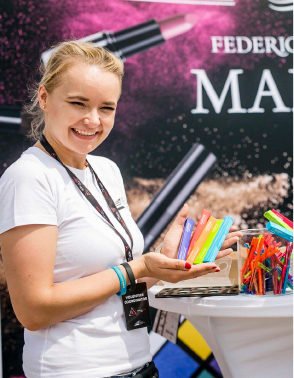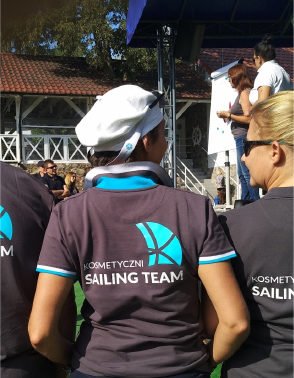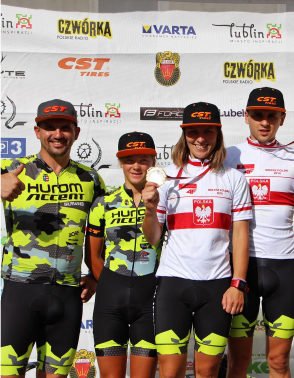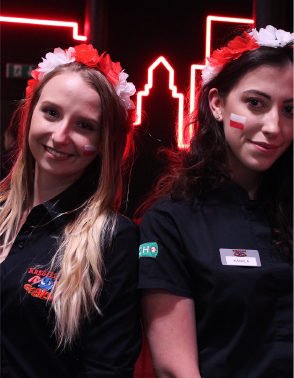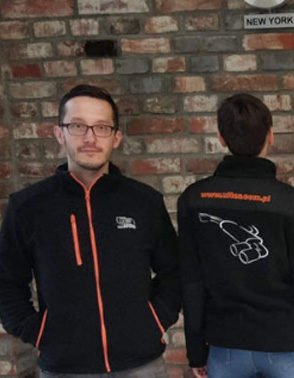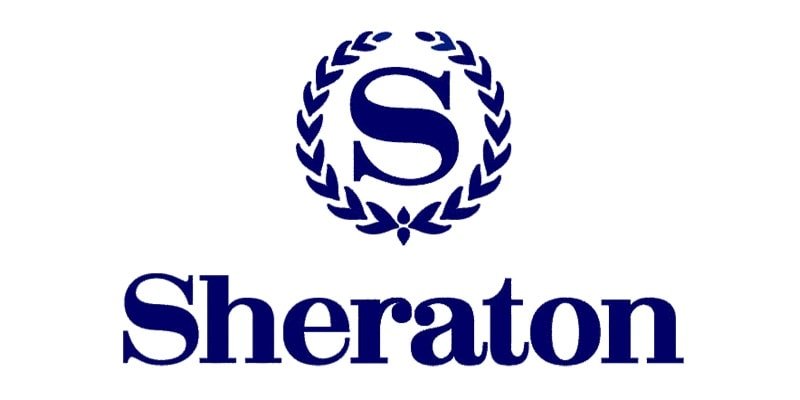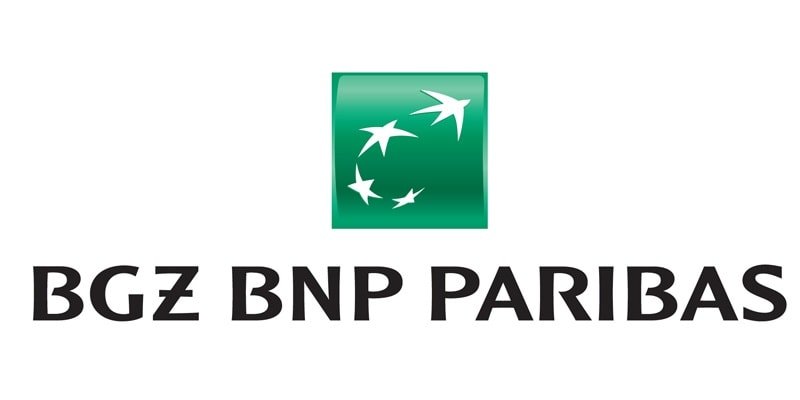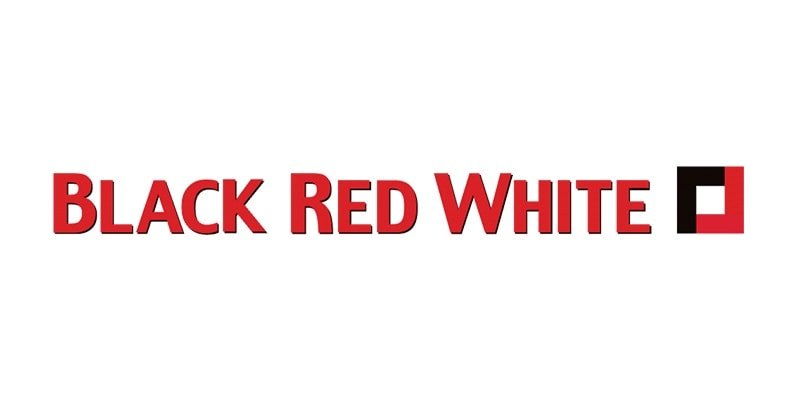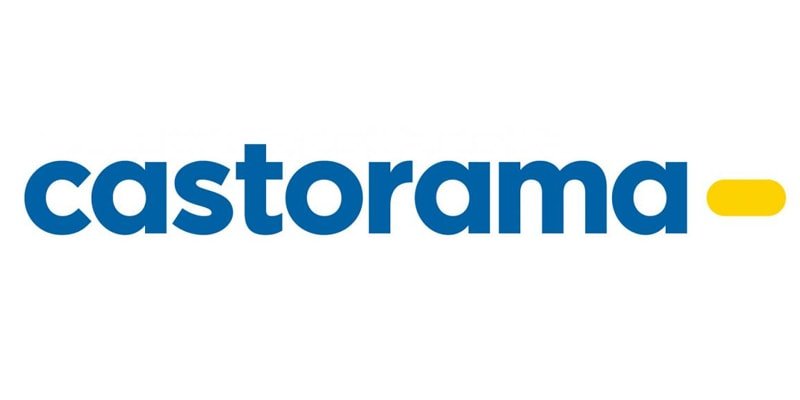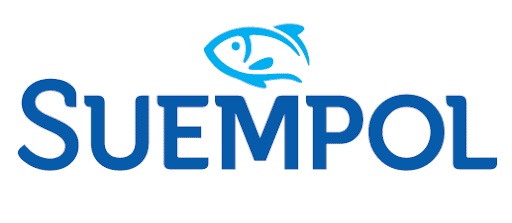
Do you want to dress your employees in company shirts, but you got lost when reaching the moment of choosing a specific model due to the overwhelming variety of fabrics? Are you wondering what to opt for? There is no definite answer – one shirt will work for office workers, another for drivers who should wear a 100% cotton shirt, while in the case of catering employees who wash the shirt at least twice a week, it is worth considering durable poplin shirts or a model with an admixture of polyester. Below we describe some basic weaves that have a significant impact on the shirt’s properties.
Poplin
One of the most popular fabrics for shirt production, made of 100% pure wool yarn. It is characterised by a thin and smooth texture, and the weave is woven tightly, consisting of one weft thread (horizontal) per one warp (vertical). As a result, its texture is practically imperceptible in contrast to other weaves. Most often we find a shirt.

Pros and cons:
+ Durable
+ Rich design and colours
– Very susceptible to creases
– Poor breathability
An example of a poplin shirt
Interesting facts
The term poplin comes from the word pope. It was the favourite fabric used for sewing papal garments, woven in Avignon, France, in the 15th century.
Twill – Diagonal
Cotton with a characteristic diagonal weave; it has a higher density than poplin. Very popular as a business shirt because of the interesting pattern that provides increased resistance to creases. It offers the user good breathability, which makes it very comfortable in use, even at the end of a hard day. Most often occurs in classic muted colours.

Pros and cons:
+ Very resistant to creases
+ Provides good breathability
– Poor colour range
An example of a twill shirt
Herringbone
Type of fabric woven in the form of a herringbone – close to the Twill design. Heavy, fleshy, with a visible gloss. Herringbone fabric dries very quickly, although heavy stains can be detrimental for the shirt. Very often found in combination with polyester fabric.

Pros and cons:
+ Quick drying
+ Resistant to creases
– Stains may be difficult to remove
An example of a herringbone shirt
Oxford
One of the most popular shirt fabrics; a casual variety of cotton woven from thicker yarn with a basket weave named Hopsack. A fabric sewn from two colours of thread, giving an interesting pattern. Most often it is admixed with up to 30% polyester.

Pros and cons:
+ Pleasant to the eye and pleasant to the touch
+ High material density but loose weave
+ Good breathability
An example of an Oxford shirt
What about the rest?
The fabric weave is surely an important element, although the shirt should also fit well, and this is actually the basis for a good look. Gone are the days where the shirt was loose and sticking out of the pants because of a bad fit. Currently, the shirt should have a well-fitting cut, emphasising the figure, which is why the first factor we should consider is the cut – slim people should opt for tailored shirts. In addition, it is worth paying attention to an often overlooked aspect, i.e. the collar. Below you will find a brief description with the use of different collars in shirts.

In our opinion…
It is best to choose shirts made of 100% cotton due to good breathability, which has a significant impact on the comfort of use – nevertheless, we do not dismiss polyester in proportions up to 30%, as it it is the most acceptable and positively affects the original shape of the shirt during washing, additionally protecting it against excessive creases during everyday use. If you are looking for business shirts, it is worth paying attention to the type of collar.
As you can see, buying a shirt is not an easy task, but the above article should shed light on your decision when choosing. A well-chosen shirt will result not only in employee satisfaction, but will also bring about better perception in the eyes of potential customers.
Nevertheless, we are always at your disposal and ready to help you!





